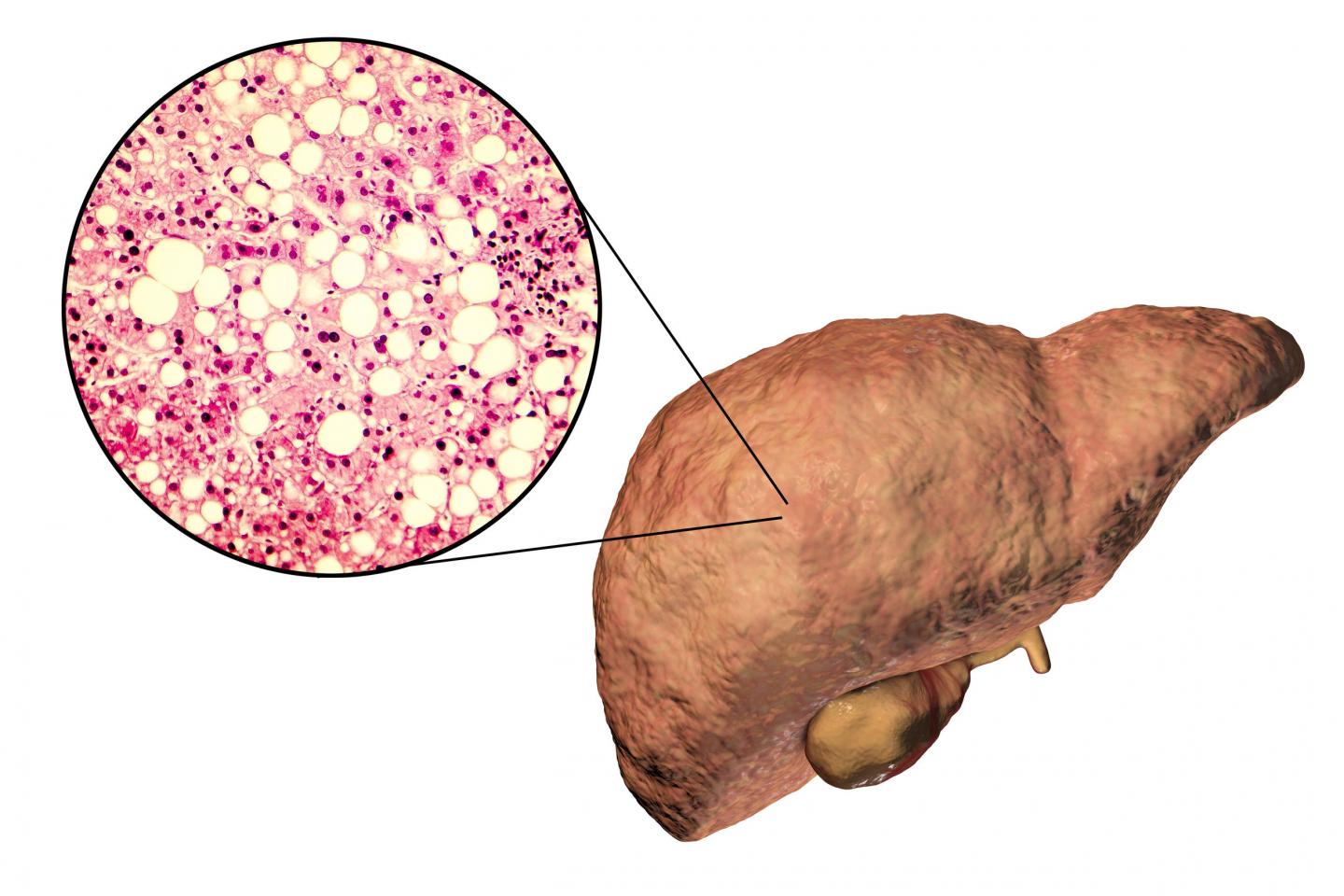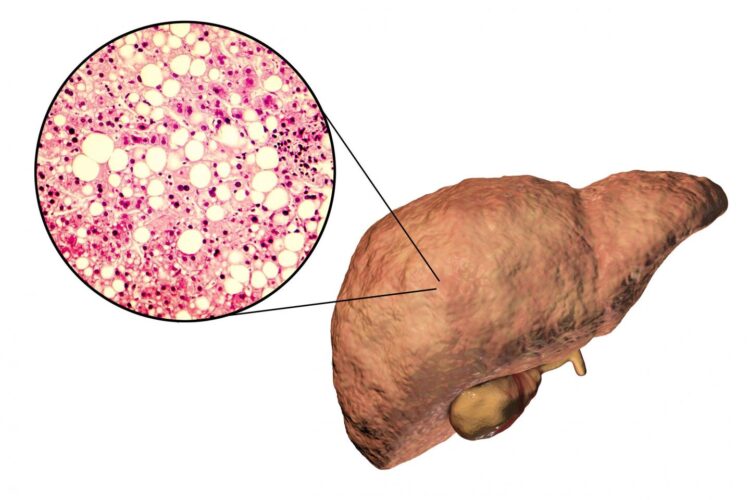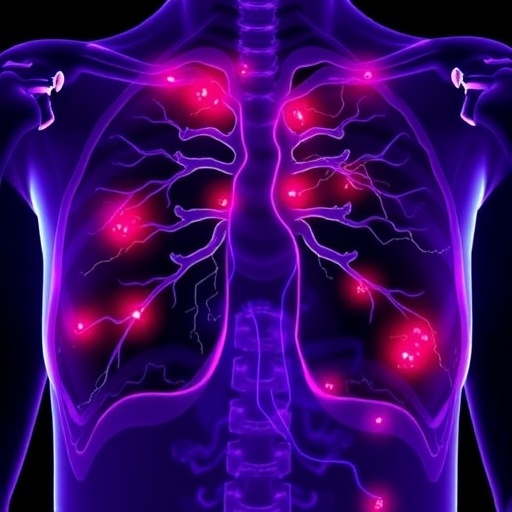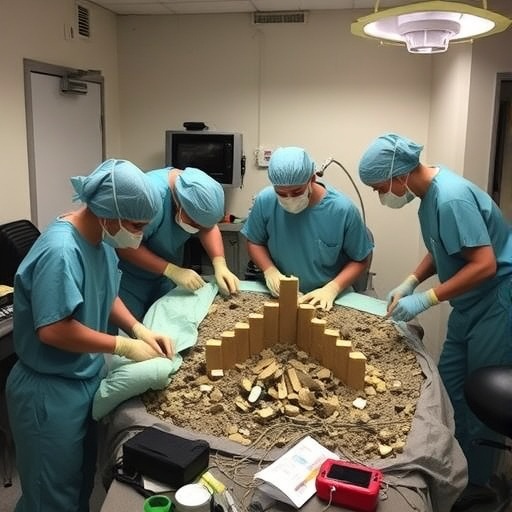The UPV/EHU-University of the Basque Country shows that maintaining osteopontin delays the onset of metabolic fatty liver disease during ageing

Credit: Kateryna Kon / 123RF
Metabolic fatty liver disease, known as non-alcoholic fatty liver disease, is one of the most common causes of liver disease in Western countries and covers a spectrum of disorders. It is strongly associated with metabolic diseases, such as obesity or type 2 diabetes mellitus. During ageing lipids accumulate in the liver and this may compromise its normal function. The UPV/EHU’s Lipids & Liver research group at the Department of Physiology of the Faculty of Medicine and Nursing conducts research into “non-alcoholic fatty liver disease and associated metabolic diseases. In this work we aimed to find out which mechanisms may be involved in the development of this liver disease throughout the ageing process so that it can either be treated or have its onset delayed”, explained Dr Patricia Aspichueta, head of the research group.
It is a disease that progresses slowly: “In some patients it does not develop but remains in the first fat accumulation phase, just in hepatosteatosis; in other patients, it may take as long as 20 years to progress from hepatosteatosis to the onset of steatohepatitis with or without fibrosis; however, there are patients in whom it progresses more rapidly with ageing,” explained Aspichueta. That is why it is very important to know “which mechanisms are involved in making the liver more susceptible to specific inputs, thus furthering the development and/or progression of the disease”.
One of the proteins linked to cell ageing is osteopontin, a multifunctional protein found in many tissues and which, as shown by previous studies conducted by the Lipids & Liver group, modulates liver metabolism and “has been associated with processes of highly negative diseases, such as cancer and cirrhosis of the liver”, explained Aspichueta. In a piece of work that has formed part of the PhD thesis by the researcher Beatriz Gómez-Santos, “strangely enough, we found that, contrary to expectations, osteopontin is protective, in other words, it is needed to prevent the early onset of this disease during ageing”, she added. “We have seen that if osteopontin is inhibited or silenced, as is proposed in certain contexts (to prevent hepatic fibrosis, etc.), the fat appears early and the disease emerges earlier. So during ageing it is essential to maintain this protein at physiological levels in the liver.”
Men and women
The study of metabolic diseases is complex, because the metabolic changes that take place are very dynamic and occur in a coordinated way among various tissues. What is more, the changes taking place in the molecules throughout their metabolisation is studied: “Among other things we use radioactively marked molecules and monitor the path they follow, where they are incorporated, etc.” The researchers stress that “this finding is essential because we have learnt a tremendous amount about the ageing process”.
Right now, Gómez-Santos is exploring “the liver susceptibility that men and women develop throughout their lives causing them to go down with liver disease. In parallel, in men and women, we are analysing the metabolic processes linked to the development and progression of liver disease”. The evidence provided by various studies suggests that the incidence of non-alcoholic fatty liver disease is higher in men than in women. What is more, in women the incidence appears to be lower in the premenopausal stage. It is a complex study with different variables having a single objective: “What we want to achieve ultimately is healthy ageing. We want to prevent metabolic disease from emerging, or if it has already emerged, to prevent it developing more rapidly.”
###
Additional information
The UPV/EHU’s Lipids & Liver research group, led by Dr. Patricia Aspichueta, is attached to the Department of Physiology at the Faculty of Medicine and Nursing of the UPV/EHU and belongs to the Biocruces Institute of Health, where it expands its research into pathology in humans. It also collaborates with Cruces Hospital, CIC bioGUNE, CIMUS (Research Centre attached to the University of Santiago de Compostela), Hospital Santa Cristina in Madrid and the University of South Carolina.
This study received the Margarita Lorenzo prize in 2019, awarded by the Lilly Foundation at the Congress of the Spanish Society for Biochemistry and Molecular Biology (SEBBM).
Media Contact
Matxalen Sotillo
[email protected]
Related Journal Article
http://dx.





